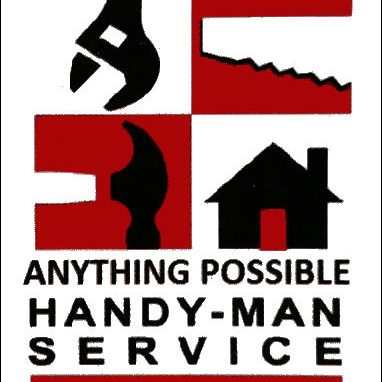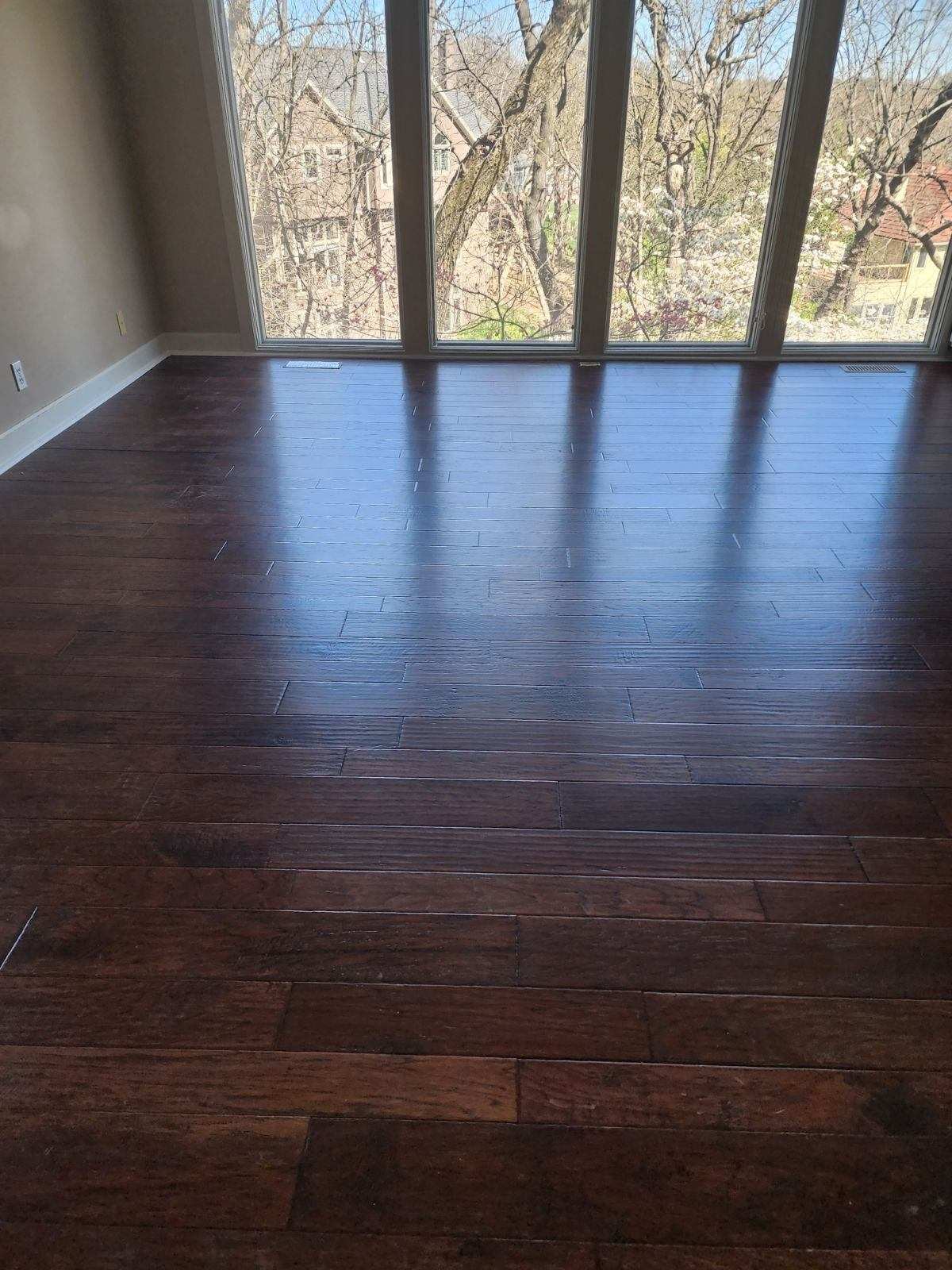When it comes to transforming your home, many homeowners find themselves restricted not by their dreams, but by their finances. The reality is that with the right funding strategy, anything is possible for your home renovation projects. If you’re looking to revamp your kitchen, add an extra bedroom, or simply update your home’s aesthetic, understanding your financing options can be the difference between merely dreaming and actually doing. Even the best handyman services can become affordable when you have a solid financial plan in place.
Home improvement financing has evolved significantly in recent years, offering homeowners more flexibility and accessibility than ever before. Gone are the days when cash was the only way to pay for renovations. Today’s financial landscape provides numerous pathways to make your vision a reality without depleting your savings. By exploring these options thoroughly, you can find a solution that not only makes your project possible but also protects your financial well-being in the long term.

- Explore the best home improvement loans versus cash payment options in 2025. Source: fund.com
Understanding Home Financing Options: Traditional Loans vs. Cash Payments
Traditional home improvement loans represent a structured approach to financing your projects. These loans typically come with fixed interest rates and predictable monthly payments, making budgeting straightforward. Financial institutions offer various loan products specifically designed for home improvements, including personal loans, home equity loans, and specialized renovation loans. The primary advantage of these options is the ability to access substantial funds without depleting your savings. For complex projects where anything from electrical upgrades to structural changes may be required, having access to sufficient capital upfront ensures your project won’t stall midway through completion.
On the other hand, cash payments offer simplicity and immediate financial freedom. Many local contractors, including your neighborhood handyman, often prefer cash transactions and might even offer discounts for avoiding credit card processing fees. Cash payments eliminate interest charges and debt obligations, which can make your project less expensive in the long run. However, paying cash requires significant savings and leaves you without a financial safety net. When deciding between loans and cash, consider the scope of your project, your current savings, and your comfort level with taking on debt. Sometimes, a mixed approach—paying partially in cash and financing the remainder—presents the most practical solution to make your renovation dreams possible.

- Using home elements and equity to fund improvements with local handyman services. Source: anythingpossiblehandyman.com
Home Equity Solutions: Benefits and Risks of Using Home Equity for Improvements
Home equity solutions represent one of the most powerful financing tools available to homeowners. By tapping into your home’s equity—the difference between your home’s market value and your remaining mortgage balance—you can access significant funding for major renovations. Home equity loans and home equity lines of credit (HELOCs) typically offer lower interest rates than personal loans or credit cards because they’re secured by your property. This makes ambitious projects more financially feasible, allowing homeowners to undertake anything from comprehensive kitchen remodels to whole-house renovations. The interest on these loans may even be tax-deductible when used for substantial home improvements, providing an additional financial benefit.
However, using home equity comes with considerable risks that must be carefully weighed. When you leverage your home’s equity, you’re essentially using your house as collateral. This means that if you face financial difficulties and cannot make payments, you could face foreclosure. Additionally, if property values decline, you might find yourself owing more than your home is worth—a situation known as being “underwater” on your mortgage. Before proceeding with any home equity solution, it’s crucial to consider your long-term financial stability, employment security, and the potential return on investment your improvements might generate. Remember that while making anything possible in your home is desirable, protecting your homeownership should remain the priority.

- Effective communication with your contractor can enhance financial planning for projects. Source: anythingpossiblehandyman.com
Working with Your Contractor: Payment Plans and Financial Communication
Effective communication with your contractor about financial matters is crucial for project success. Many homeowners don’t realize that establishing clear payment expectations can lead to more favorable terms and potentially significant savings. A reputable handyman or contractor should be willing to discuss various payment arrangements that work for both parties. Some may offer installment plans where you pay as project milestones are completed rather than requiring full payment upfront. This approach aligns payment with progress, providing you with greater control and ensuring accountability throughout the renovation process. Being transparent about your budget constraints from the beginning allows contractors to suggest alternatives that might make your vision possible within your financial parameters.
When negotiating payment terms, don’t hesitate to discuss potential discounts for cash payments or early completion incentives. Many contractors value the simplicity of cash transactions and may pass these savings on to you. However, regardless of the payment method, always secure a detailed written contract that outlines the payment schedule, work specifications, and completion timeline. This documentation protects both parties and prevents misunderstandings. Remember that with proper planning, you can find a financial arrangement that satisfies both you and your contractor. For substantial projects, consider involving your financial advisor or lender in these discussions to ensure your payment plan aligns with your broader financial strategy.

- Smart financing options lead to successful flooring installations and home renovations. Source: anythingpossiblehandyman.com
Making the Smart Choice: How to Select the Best Financing Option for Your Situation
Selecting the optimal financing solution requires a careful assessment of your unique financial situation. Start by evaluating your current debt load, credit score, available cash reserves, and monthly budget. Each of these factors will influence which financing options are available to you and which make the most sense for your circumstances. For homeowners with significant equity and excellent credit, a home equity loan might offer the lowest interest rates. Those planning smaller projects might find a personal loan or even a 0% introductory APR credit card more suitable. Remember that just because financing provides options, that doesn’t mean every choice is wise. The best choice balances affordable monthly payments with reasonable total costs while providing sufficient funds to complete your project without compromises.
Consider consulting with financial professionals before making your final decision. Mortgage brokers, financial advisors, and even experienced handyman professionals can provide valuable insights into which financing options align best with your specific project needs. Don’t overlook the importance of timing—market conditions can significantly impact interest rates and loan availability. Also, factor in potential tax benefits as certain home improvement loans may offer deductions that effectively reduce your overall costs. Finally, always build in a financial buffer of 10-20% beyond your estimated project costs to account for unexpected expenses. By taking a detailed approach to selecting your financing strategy, you can ensure your home improvement journey remains positive and financially sustainable throughout the process.
